What Common Food Labels Actually Mean
Fat-free, gluten-free, all-natural, organic bottled water is all the rage these days. Seriously, it seems like the more “whatever”-free our food is, the more dollar signs are slapped onto it. If you’re trying to do right by your body, you need to know if these labels are legitimate or not. Take the time to learn about these common health claims and if they’re worth the dough.
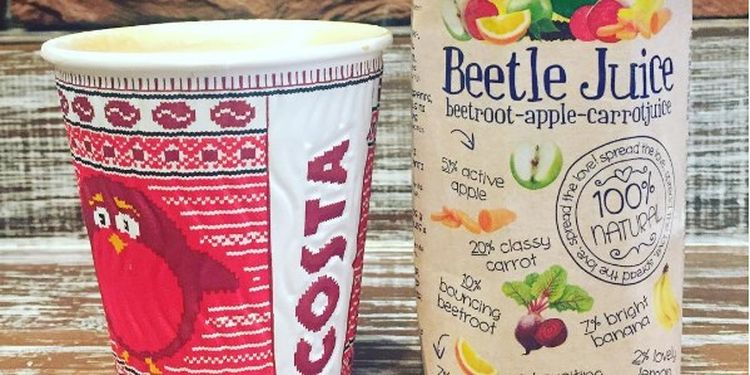
All-Natural
It’s a bit troubling that food manufacturers have to label their food as “natural.” Products listed as “all-natural” mean they don’t contain artificial colors, flavors, synthetic ingredients, or preservatives. This doesn’t mean they’re healthy for you. These foods can still contain loads of fat and sugar but spare your body from processing other harmful ingredients too.
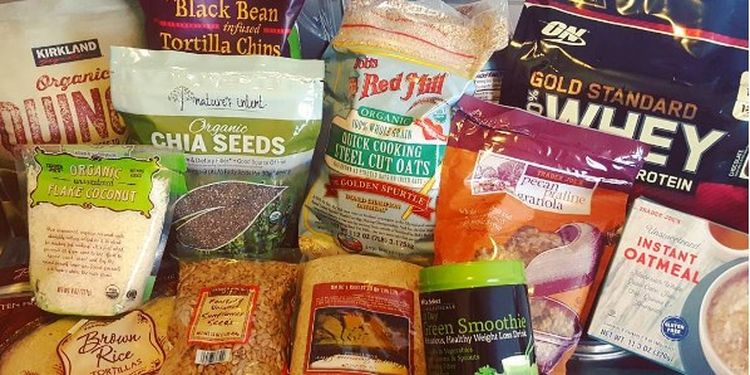
Organic
If you’re buying organic, look for 100% certified or else you’re wasting your money. This means no antibiotics, growth hormones, pesticides, fertilizers, or GMOs. “Made with organic ingredients” doesn’t mean foods are completely organic— they’re only 70% to meet the standard. Again, organic foods aren’t synonymous with “healthy.” An organic fruit smoothie could contain double your daily recommended sugar intake. Check the serving size and ingredients list if you’re ever in doubt.

USDA Organic
Certified by whom? The USDA certifies the organic market in America if the product is 95% organic, but their certification process isn’t up to snuff. Imported foods (especially from China) labeled “organic” are often substandard and even toxic. The USDA doesn’t evaluate farming techniques, so imports with organic labels may not be truly organic.

Grass-Fed
Cows are supposed to eat grass. Once grains such as corn became more economical, farmers switched to grain-fed livestock. If you’re looking for lean cuts of meat, look for 100% grass-fed and certified organic. Why? Most cows on grain-fed diets are often sickly and pumped with antibiotics and hormones to stay healthy. 100% grass-fed and certified organic meat is higher quality, which means more nutrients and proper digestion for you.

Multigrain
This is a sinister marketing ploy, because “multigrain” sounds like you’re reaping the benefits from several types of grain. False. Multigrain means there are several types of grain in the product, none of which are whole. This labeling disguises the refining process of the grains in the product. Refined grains contain no fiber or nutrients and are linked to health risks like heart disease and type 2 diabetes. In short, stay away from multigrain.
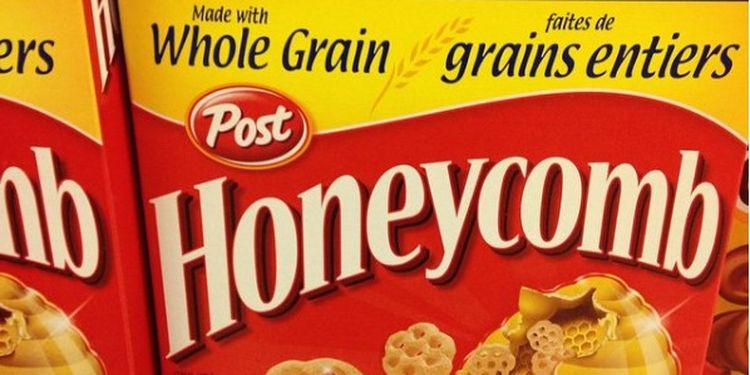
Made With Whole Grain
This is another label made to bamboozle you. “Made with whole grain” doesn’t mean it’s entirely made with whole grain. If “whole grain” isn’t in the top three in the ingredients list, the amount is negligible. More often than not, the product is made from refined grains and contains little to no nutritional value, but the hint of whole grains makes it okay for the label.
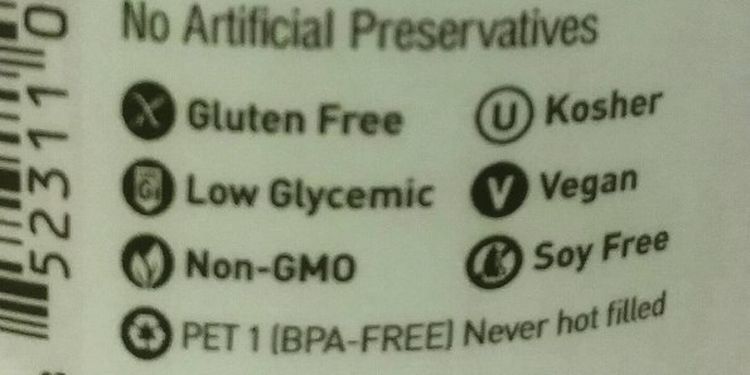
Low Glycemic
Diabetics and folks with insulin sensitivity understand the importance of the glycemic index. All carbohydrates aren’t the same; fruit and other foods high on the glycemic index are quickly converted into sugar, which spikes insulin levels. On the other hand, low glycemic foods are slowly converted into sugar, which stabilizes insulin levels. Low glycemic foods are usually whole, complex carbs in their natural state.

Low-Carb
Are carbs bad? Are they good? Carbohydrates play a vital role in your diet. However, consuming too many carbs can lead to weight gain. Low-carb labels are placed on “healthy” snacks, but they may contain artificial sweeteners, hydrogenated oils, and other harmful ingredients. These additives outweigh the benefits of eating a low-carb meal. Most meats, eggs, and dairy are low-carb, so turn there for a filling bite.
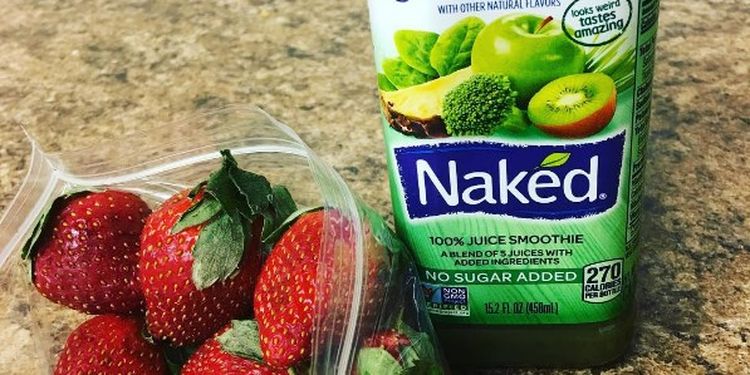
No Sugar Added
“No sugar added” means “we didn’t put any extra sugar in there for taste.” However, that doesn’t mean it’s sugar-free. Fruit juice is a perfect example of the “no added sugar” label. If you take a peek at the serving, you might find 36g of sugar per 8oz. That’s because fruit has naturally occurring sugars you don’t account for. When you read “no sugar added,” go ahead and flip it over and take a gander at the grams of sugar section.
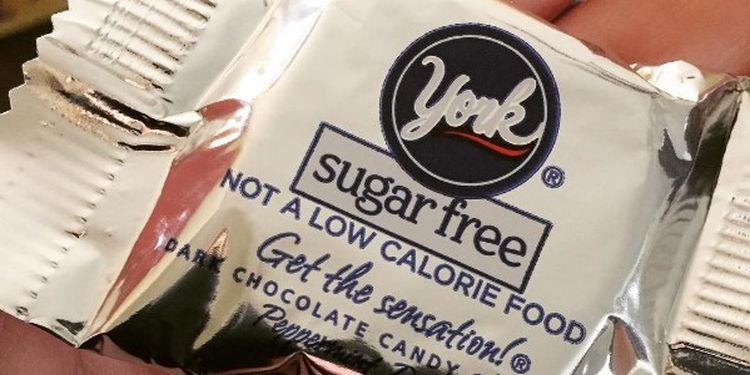
Sugar-Free
There’s no such thing as a free lunch. To be labeled sugar-free, the product must have less than 0.5 g of sugar per serving. Even then, foods may contain artificial sugars or sugar alcohols as a replacement. Studies show that the body cannot absorb synthetic sugar alternatives properly, which can damage liver and kidney function. Diabetics may be drawn to the “sugar-free” title, but be sure to check the ingredients for these hidden sugars and additives.
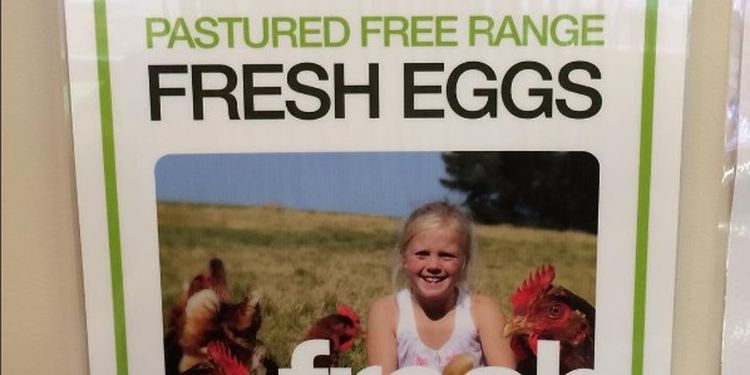
Free-Range
I love the open range and the fresh air. However, free-range labeling doesn’t mean what you’re picturing. Free-range means the animals have unlimited access to food, water, and the outdoors. It doesn’t mean the animal has ever been outside. Many “free-range” facilities are sheltered pens with a small door to access the pasture. The pastures don’t have to be in pristine shape either. The term doesn’t give a clear picture of what the animals are eating, which means grain-fed, hormone riddled livestock can be free-range too.
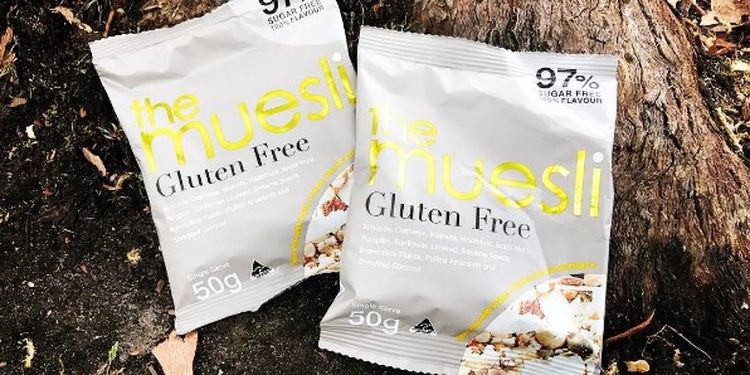
Gluten-Free
Potato chips and orange soda are technically gluten-free. Gluten-free only means that the product doesn’t contain wheat, barley, rye, or spelt. Many highly processed foods can be gluten-free. As the gluten-free trend is on the rise, manufacturers capitalize by labeling their products as “gluten-free” although they’re hardly considered healthy. Use common sense when reading the ingredients and watch out for foods loaded with fats and sugars.
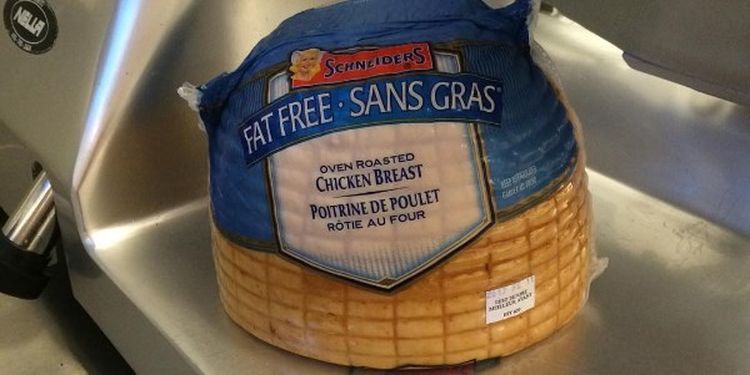
Fat-Free
One study threw fat under the bus, and the fat-free craze began. A product needs less than 0.5 g of fat per serving with no added fat or oil. However, sucking out the fat of most products leaves them tasteless. Solution? Add more sugar. Nowadays, even our savory foods are loaded with sugars. These sugars don’t satisfy your hunger, so they’re easy to overeat. Check the sugar content on all fat-free foods; they might be hiding a nasty surprise.
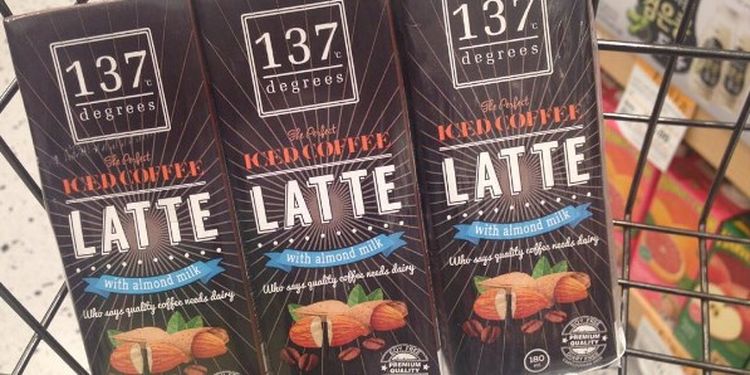
Saturated Fat-Free
The same rules apply. Saturated fat-free means less than 0.5g of saturated and trans-fatty acids per serving. Again, slurping out saturated fats calls for the insertion of other harmful ingredients. Saturated fats aren’t as detrimental to heart health as previous studies suggest, so don’t trade off a few calories if it means comprising the whole meal.
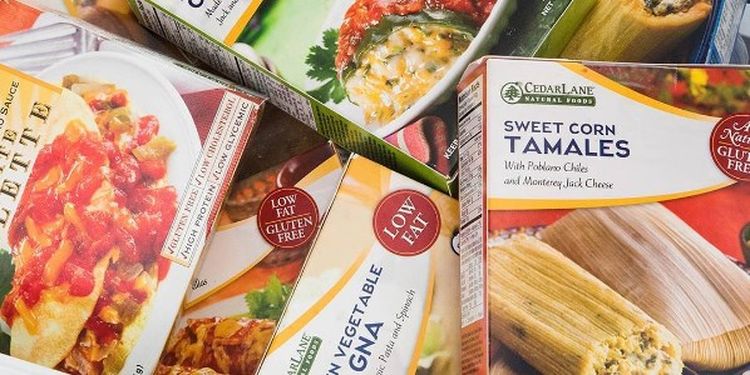
Low-Fat
Naturally, fatty foods like yogurt need to have the fat removed to be labeled as “low-fat.” Usually, sugar is added to compensate for the loss of flavor. Products are low-fat if they’re 3g or less of fat per serving. Before buying low-fat products, consider why you need the fat reduced. More often than not, low-fat products don’t offer extra health benefits and may contain adverse additives.

Omega-3 Fatty Acids
Most omega-3 fatty acid labels are accompanied by a red heart and a thumbs up from the American Heart Association. Omega-3s help regulate heartbeat, reduce blood pressure, and decrease overall inflammation. You’re likely to find omega-3 labels on fish oil, flax seeds, and eggs. Instead, opt for wild-caught fish oil or sprouted flaxseeds if you want serious omega-3 benefits.

Zero Trans Fat
“Zero” means less than 0.5g per serving. If the serving sizes are small but your portions are large, you might be consuming several grams of trans fats in a sitting. Many states have banned trans fats in restaurants, but the laws for packaged foods are a bit different. Take a peek at the ingredients to see what oils and other fats are listed.
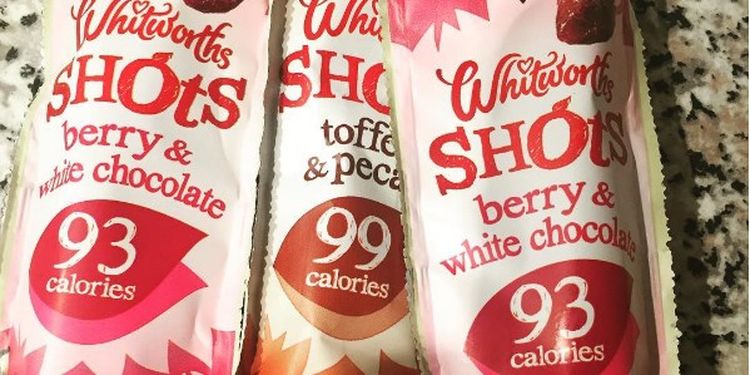
Low-Calorie
Low-calorie means a product has fewer calories than the same brand’s original product. For example, “low-calorie” orange juice from Juice X has 1/3 fewer calories than Juice X’s original O.J. However, “low-calorie” doesn’t mean it’s a low-calorie food. Some requirements state that low-calorie is 40 calories or less per serving, but serving sizes vary by product. When something’s labeled as low-calorie, check the nutrition facts and serving size to see the calorie count.
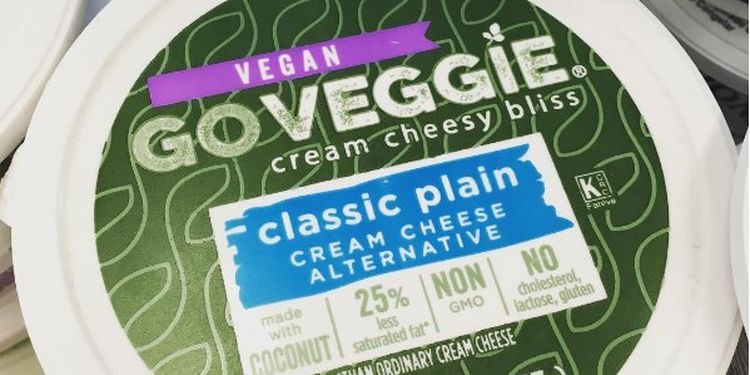
Cholesterol-Free
“Free” still doesn’t mean free. Cholesterol-free products must contain less than 2mg per serving. Cholesterol is a by-product of the liver and is only found in animal products. Plant-based products like corn and vegetable oil are naturally cholesterol-free, so there’s no extra benefit when they’re labeled as such.
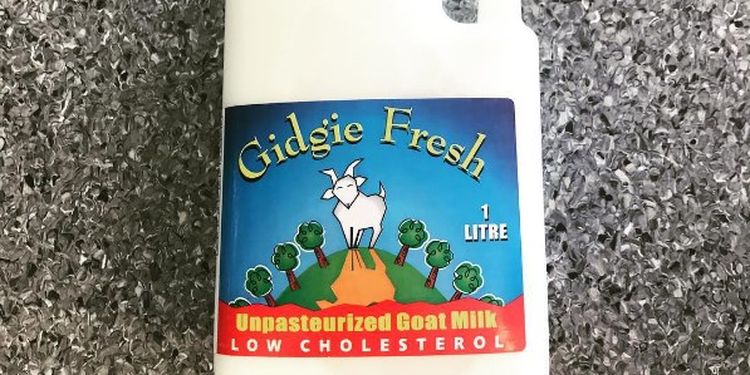
Low Cholesterol
Low cholesterol means 20mg or less of cholesterol per serving. If you’re watching your cholesterol intake, be sure to avoid nitrates and other preservatives in meats. The combination of cholesterol and artificial preservatives are taxing on heart health. Again, there are obvious foods that don’t contain cholesterol, so advertising “low cholesterol” can be misleading.

Light
Light can either refer to the amount of fat or calories. Light in fat means the product contains 50% or less fat than standard. “This queso contains 50% less fat than the leading brand.” On the other hand, light in calories means 1/3 fewer than the comparison food. It never hurts to check the back label. Sometimes, a beverage is only “light” because the company watered it down or added artificial sweeteners.
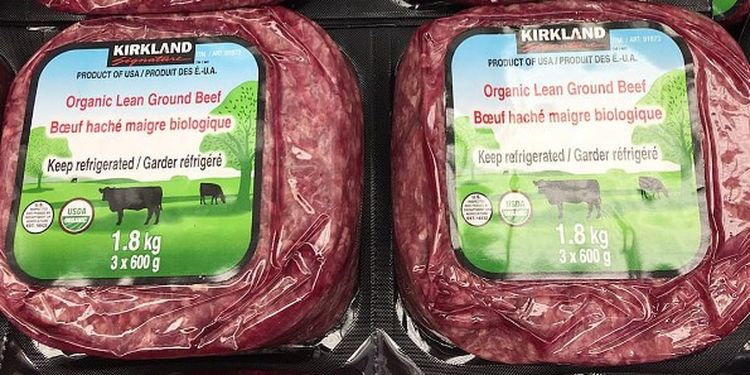
Lean
Lean beef sounds hearty. To be classified as lean, the meat, poultry, or seafood must contain less than 10g of fat, 4.5g of saturated fat, and 95mg of cholesterol per 100g serving. Thankfully, the serving sizes are uniform, so you actually know if your food is lean or not. Keep in mind that some cuts of meat and seafood are naturally fattier than others, so don’t expect your salmon burger to be as lean as your bison burger.
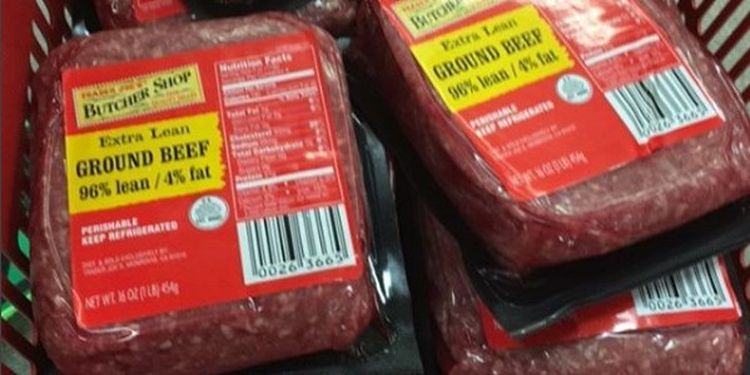
Extra Lean
Extra lean must mean extra healthy, right? Technically, all it means is there’s less than 5g of fat, 2g of saturated fat, and 95mg of cholesterol per 100g serving. If you want to trim the fat in your diet, buying extra lean meats may be one option for you. However, continue to look for grass-fed, organic meats since they’re healthier than the heavily processed kind.

High Fiber
There’s an excessive amount of commercials about fiber. It’s probably because people aren’t getting enough of it. If you need a painless way to consume more fiber in your diet, you’ll grab the snack boxes marked with “high fiber.” That means there’s 5g or more fiber per serving. Naturally high-fiber snacks like avocados, berries, hummus, and nuts are an excellent way to eat more fiber without the “high fiber” label price hike.
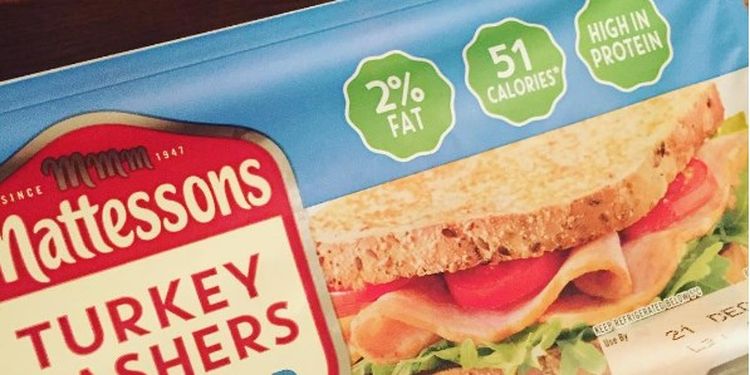
High In, Rich In, or Excellent Source Of
Sugary cereals are notorious for “an excellent source of vitamin X” labels. Food with this label has to have 20% or more of the daily value for a given nutrient per serving. However, this label doesn’t mean these nutrients are naturally occurring. Bananas, for example, are an excellent source of potassium, but they’re never labeled like that. More often than not, foods that claim they’re nutritious aren’t. Check the ingredients list for hidden sugars and fats.

Fortified or Enriched
We’re back to the fortified, enriched, sugar-laden cereals. Many of the cereals and bread you eat contain refined sugars and grains, which makes them nutritionally void. The manufacturers’ solution pumps vitamins and minerals back into the product to hide the lack of nutritional value in their foods. In short, “fortified” and “enriched” are compensating labels that should raise a red flag for you.
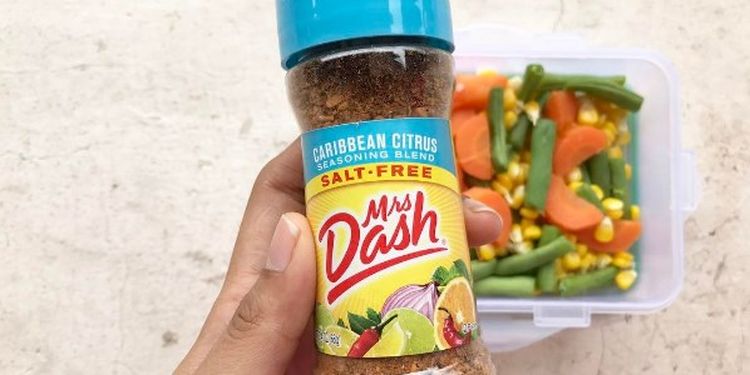
Sodium-Free or Salt-Free
Roasted nuts and frozen dinners have an enormous amount of sodium. If you’re watching your sodium intake, sodium-free labels will certainly help. Manufacturers need 5mg of sodium per serving or less to be considered sodium-free. Make sure to check your serving size, though. It’s easy to scarf down half the bag before you realize it.
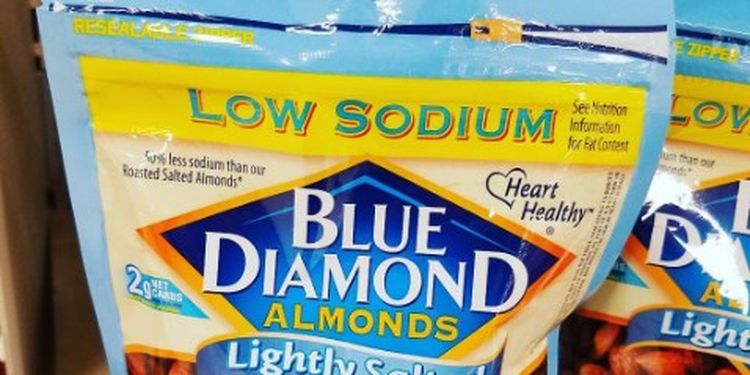
Low Sodium
Soups and broths are other high-sodium foods packaged with low-sodium labels. Low sodium is dependent on the serving size, which is 140mg per serving. Some companies tweak their serving sizes so that 1 can of soup is actually 3 servings! If the serving size doesn’t seem right, put it down. You can always make a great soup at home.
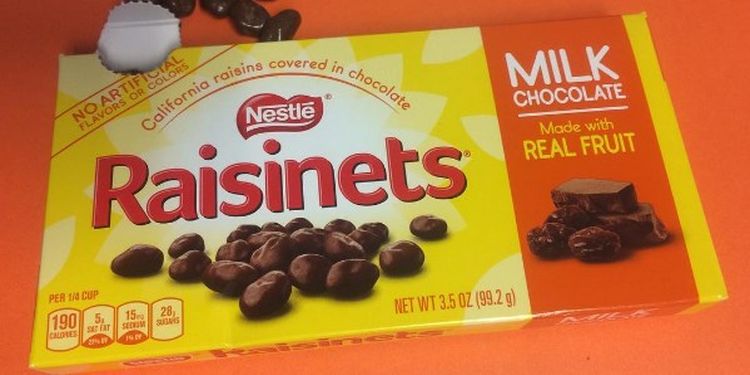
Made With Real Fruit
Oy vey. The fact that food companies brag about using real food is worrisome. They don’t have to use a lot of fruit to qualify for this one. It can come from concentrate too, as long as it’s derived from real fruit. Not only that, but companies don’t have to divulge the percentage of real fruit used. The minor amount of actual fruit used is saturated in sugars and dyes to make it look and taste good. Just stick with whole fruit.
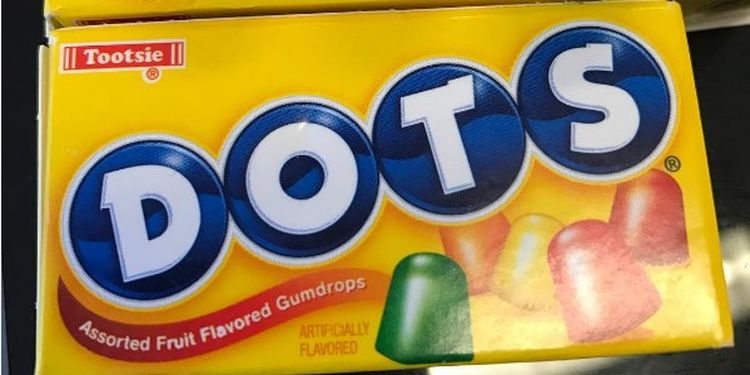
Fruit-Flavored
If you’re angry about the knock-off purse you bought, why aren’t you mad about the knock-off food you buy? Fruit snacks and candies are artificially flavored to taste like a fruit but don’t contain any beneficial fruit by-products. Instead, they’re made up of wonky chemicals and carcinogenic dyes to give you the “fruit flavor” without the fruit or nutrients. They’re made to have a long shelf life, so feel free to leave them there.
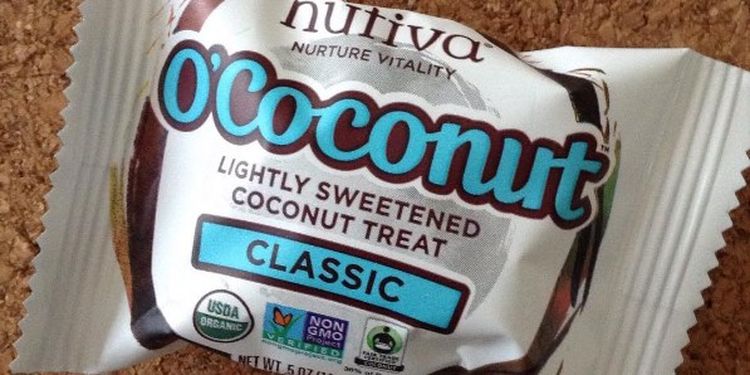
Lightly Sweetened
Lightly sweetened sounds dainty. However, it’s not a term that’s defined by the FDA. Other terms like “no sugar added” and “sugar-free” have bottom line requirements, but “lightly sweetened” is whatever the manufacturer wants. Take two seconds and read what it’s sweetened with and whether “lightly” means 36g of sugar per serving or not.

Two Percent Milk
“2% is better than whole milk.” People don’t realize they’re arguing over a 1.25% difference in fat. 2% milk contains less fat than regular milk, but not enough to be categorized as low-fat. If you’re looking to cut fat calories, try 1%, fat-free, or non-dairy milk, but don’t forget to read the labels. Opt for grass-fed organic milk instead of regular 2%.

Immunity Boosting
Are you dodging cold and flu season? Vitamin supplements like Airborne and Emergen-C fly off the shelf as the temperature drops, but check out the ingredients before you stock your medicine cabinet. The FDA strictly regulates medical claims, which is why many “immune boosters” now say “supports your immune system.” None have sufficient evidence proving that they prevent colds. You’ll find that most contain ingredients similar to your average multi-vitamin.
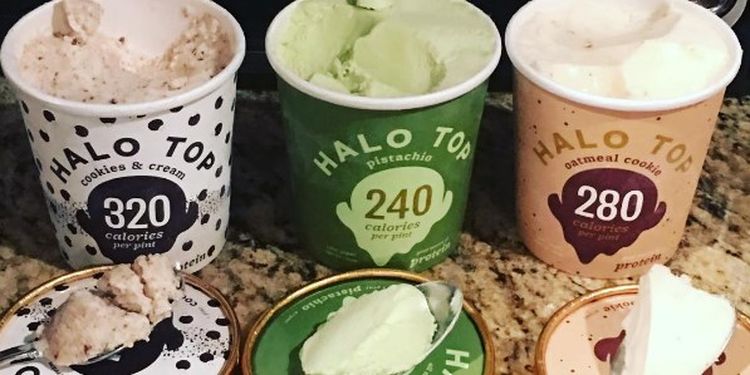
Serving Size
So what’s a serving size? Well, it depends on whose eating habits you use. The FDA’s recommendations are based on antiquated sizing from decades ago. For example, one scoop of ice cream is half a cup. When’s the last time you had a single scoop of ice cream? Nowadays, people can down a pint of ice cream in one sitting, so recognize that you may need to break out the calculator if you have several servings.
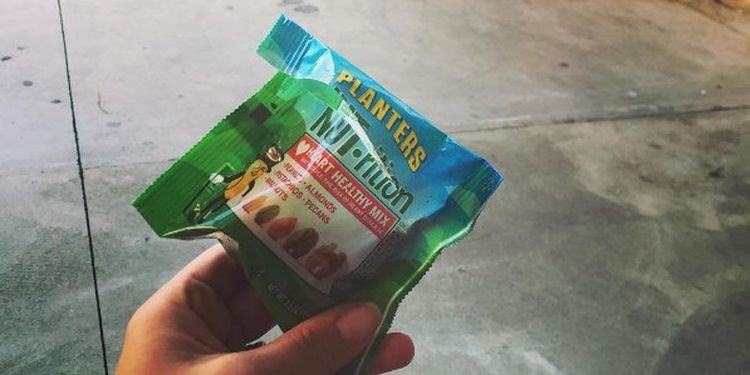
Heart Healthy
Heart healthy means “not bad for your heart.” Heart healthy foods are low in saturated fat, cholesterol, and sodium with at least 0.6g of soluble fiber per serving. Fiber is the primary requirement that reduces the risk of heart disease. If you’re honestly looking to do right for your heart, start with fresh produce, wild-caught fish, and healthy fats like virgin olive oil.
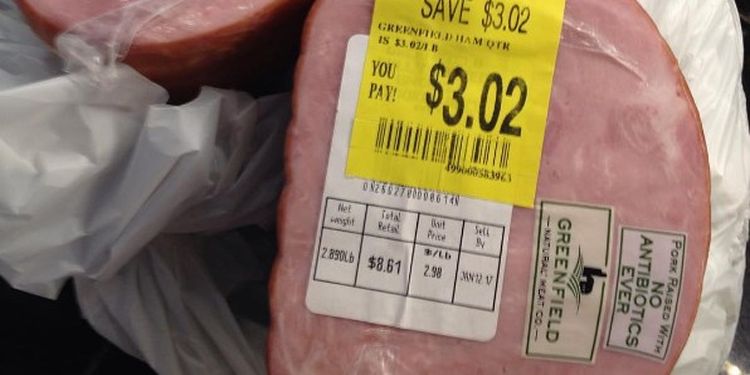
No Antibiotics
Someone who always needs antibiotics isn’t healthy. Animals routinely fed antibiotics aren’t healthy either. They’re pumped with compounds to boost their weak immune systems. Grain-fed cows, for example, don’t receive enough nutrients, so they frequently contract infections. Organic meats are routinely antibiotic so that either of these labels will do.
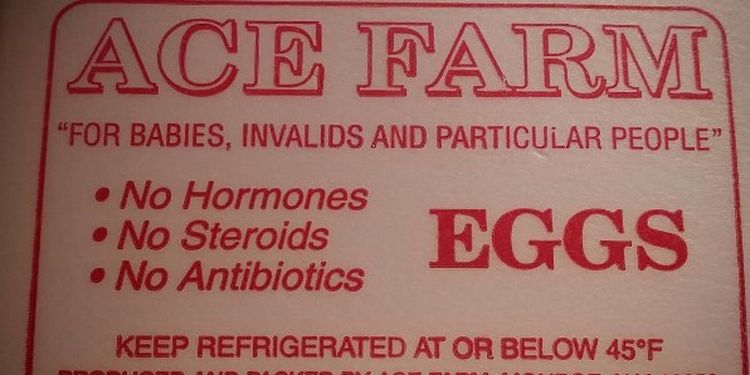
No Hormones
Hormones are commonly used to bulk up animals or increase milk production. They lower the quality of meat and dairy and also negatively alter your body. It’s best to avoid hormone-treated foods. Most organic products are hormone-free by definition, but it doesn’t hurt to check for this label too.
